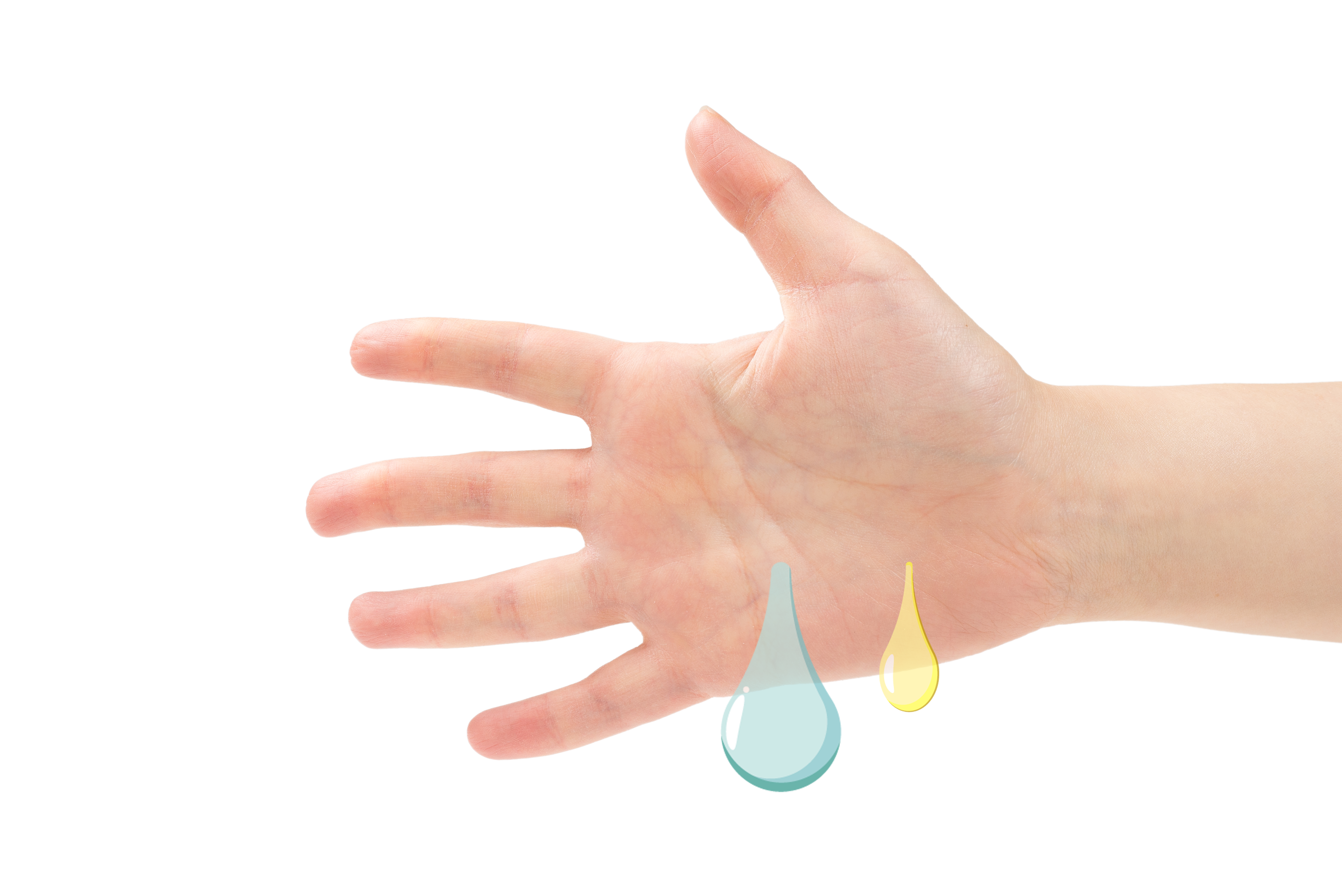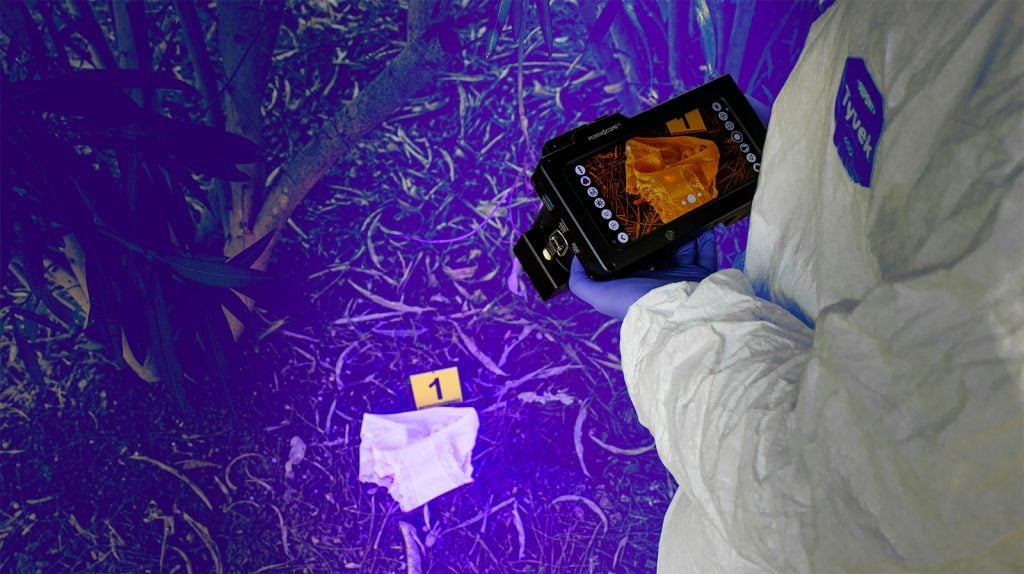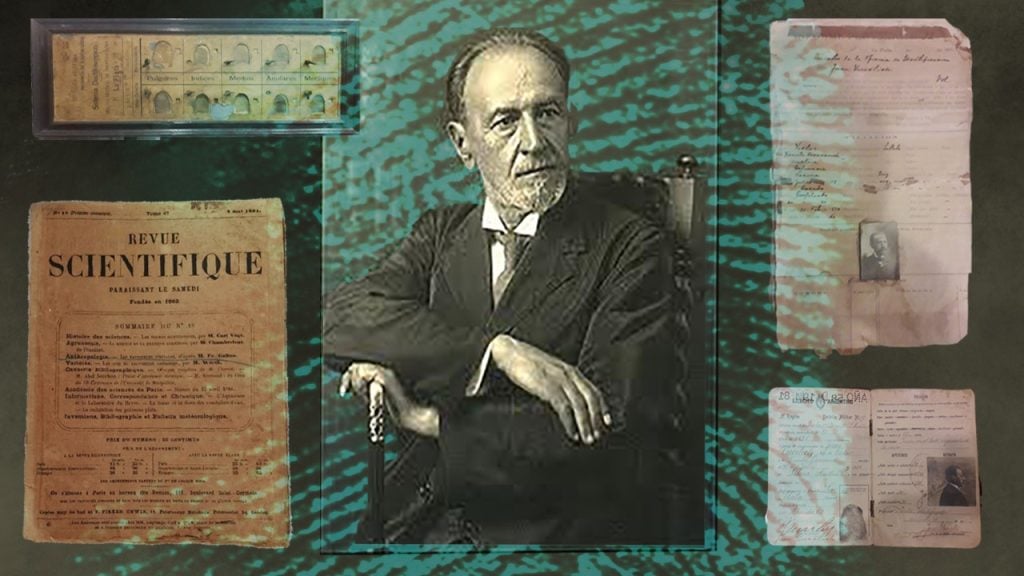
What is a Fingerprint?

Fingerprint authentication is a sub-branch of biometric authentication. No two people have the same fingerprints, even identical twins have different fingerprints. Fingerprints do not change, even as they age or are not intentionally changed. Different courses with training schools. In general, there are 3 main finger models belt, ring and spiral. The tiny little shape in these patterns is of any size, like a fingerprint. When fingerprints are found at the crime scene, it is called a ‘fingerprint’ or ‘hidden print’. Their own cops have a good chance of being positive and advantageous in terms of achievements in their entitlements.
The papilla lines and pore holes form the structure of the park tracks. There are some lines on the inner surfaces of the fingers, which are called papillary lines. Papilla lines are formed by the combination of sweat glands and nerve endings under the skin. The pore holes allow the sweat substance to come out, and this secreted liquid substance; 98.5% water, 1/3 inorganic substances; salt (NaCl, KCl), Sodium Chloride, Sulfates, Phosphates, iron, and a small amount (0.045%) albumin, 2/3 organic substances; (Amino Acids, Urea, Uric Acid, Lactic Acid, Sugars, Keratin, Choline, Proteins, Carbohydrates, Sterols, Fatty Acids, Glycerides, Hydrocarbons, Alcohols).

Fingerprints have properties. These features are; they can come to themselves and can be classified. The fingers of everyone have a different number and character of papillae lines. These differences are quite distinctive. Based on these, it is possible to make gender, race, and regional identification according to fingerprints.
Fingerprints also differ by gender. Due to the different biochemical, physiological, and anatomical differences between men and women, gender discrimination is made according to fingerprint patterns. At the same time, gender discrimination can be confirmed with 75-80% detection according to the pore spacing and the thinness of the papillae.
Fingerprint identification method: It is a low-cost, fast, and effective method. However, recovering postmortem fingerprints from unidentified human remains can often be difficult and cumbersome, especially when the remains decompose, mummify/dry, swell, or char. In the event of a mass disaster, timely recovery of fingerprint records is also crucial for a quality fingerprint inspection. Various techniques are applied to recover fingerprints from postmortem remains for search and/or comparison.
Different methods are applied for the postmortem period fingerprinting and identification.

Widely used; Thanatopratically, it is a postmortem fingerprint improvement method. The appropriate improvement over time can be applied at the postmortem location.
If bodies are partially subjected to then to practice processing in the hand area (Thanatoprint), high-quality fingerprints can be collected even in advanced decay conditions. Thanatopractic treatment can be successfully applied where the area of partial to total detachment of the epidermis allows.
It is created for Contactless Fingerprint Imaging System and 4K Hidden Fingerprint Detection Tablets to detect different fingerprints. Due to different light appearances, detecting and photographing the eye without any object from the finger with this device.



